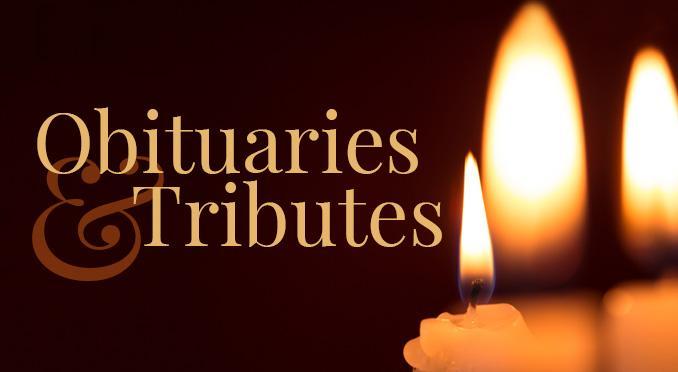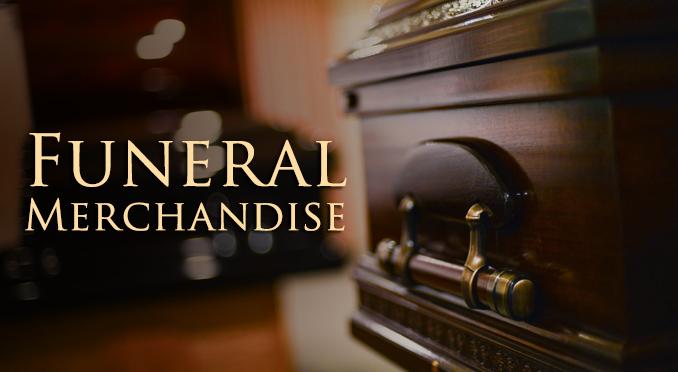Traditional Funerals
A funeral with the body present gives identity and purpose to the service. With the body present, a climate for mourning exists which makes the sharing of sorrow natural. Without the body, expression of sympathy may be forced, empty and unnatural for many people and makes the acceptance of death difficult for others.
The funeral is a rite of separation. It confirms the reality of death. This, psychiatrists say, is a necessary beginning toward healthy adjustments to loss.
There are some who want to deny that a person has died and that such a person's life on earth has ended. The presence of the body in the casket actualizes the fact of death. Viewing the body serves to reverse the process of denial while it promotes the acceptance of reality.
A public funeral gives the community a chance to offer its support and share the sorrow of the immediate family of the deceased. A private funeral limits those who may attend. It arbitrarily shuts out relatives, friends, associates and acquaintances who sincerely want to bring comfort to the bereaved.
Funeral practices vary. In some areas the greatest number of people pay their respects to the deceased and to the survivors by attending the funeral service. In other places, the largest number call at the funeral home or at the mortuary while the body is lying in state. Some do both.
Sometimes attendance at the actual funeral service is not possible because of the hour of the day when it is held, but many people will want to pay their respects during so-called visitation period which may be referred to as, calling hours, visitation, a wake or a Shiva. Having the body lying in state with the members of the family present encourages sharing the experience of death and mourning. It is gratifying both to members of the family and to those who care enough to call.



